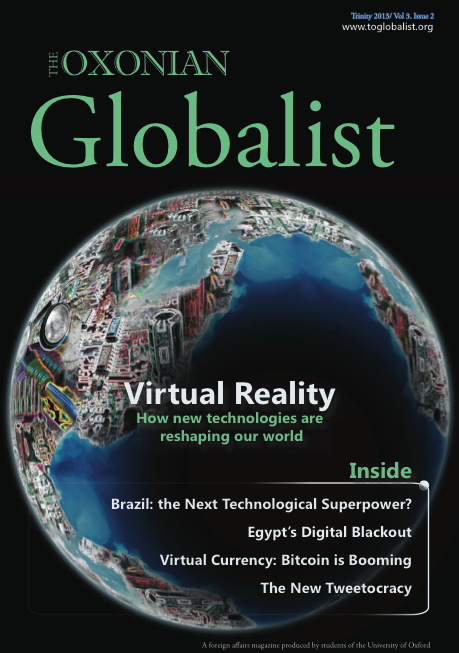THE installation of Sunflower Seeds at the Tate Modern is not the first time the artist, Ai Weiwei, has toyed with the idea of consumerism and mass production. In 1994, he desecrated a ceramic urn from the Han Dynasty by inscribing the logo of Coca Cola onto it. His sculpture Working Progress of 2007 ridiculed the brightest symbol of communism from the early days of the USSR. Vladimir Tatlin’s Monument to the Third International, a model for a new helix-shaped government tower in Moscow, was transformed by Weiwei into a chandelier-like object decorated with crystalline beads. In short, what was the beacon of economic emancipation was turned into a commodity.
With Sunflower Seeds, however, Ai Weiwei is not just making a comment on mass production, but engaging in it himself. For this project, Ai Weiwei takes on the role of a capitalist entrepreneur. The work is not fully hidden under the safe label of “art”; the sunflower seeds are a part of business, global trade, and their power structures.
What we see are delicate, tiny artifacts: the seeds invite us to come close and to discover that each one is unique. Some have rounded tips and gently applied color; others stand out with their sharp edges and bold white lines on their black surface. Each was held in human hands and crafted with care. But the seeds we see in the Turbine Hall are only markers of the unseen map of the workshops where they were made, and of the routes of the aircrafts that brought them from Asia to the UK.
The viewer is asked to fulfill the impossible task of seeing both the individual seeds at his or her feet and the whole sea of them stretching into the distance. At the same time, he or she has to imagine the seeds’ history and to inscribe them within a system of economic relations.
The space the work is displayed in is, itself, also a monument to industrialization and the endless need for more goods in globalized cities. Tate’s Turbine Hall was not created to house art, but was once filled with the mechanical noise of metal turbines powered by tons of oil.
There is something poignantly honest about the state of the world in Weiwei’s work. On my way out, I noticed the large Unilever logo present on the title plaque for the piece. This detail added yet another layer to the work: the funds that made it possible came from the production and sale of millions of ice creams, shampoos and whatever else Unilever makes. So after I had tried to imagine thousands of workers crafting sunflower seeds at the opposite end of the globe, now I began to visualize sweets and cosmetics on all levels of production, and also their packaging – chemical factories turning petrol into plastic bottles… too much. This artwork is so powerful it almost shows too much.
Weiwei’s playful suggestion that the Han Dynasty urn is connected to Coca Cola was only a teaser for this work. Sunflower Seeds expands on the message by showing that the artist, artwork, audience, museum, and urban environment are all linked to the global market in some way. The workers who made the seeds remain silent; the corporation that funded the project uses it as an advertisement venue; and the artist alone has the power to make all of this manifest for the audience to see.




